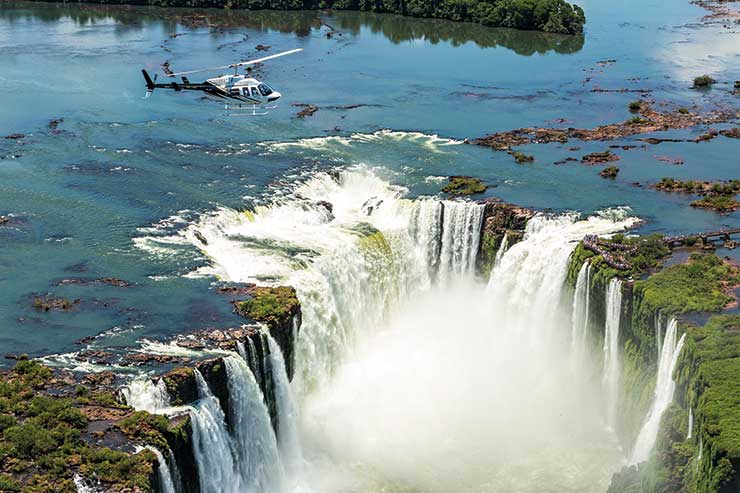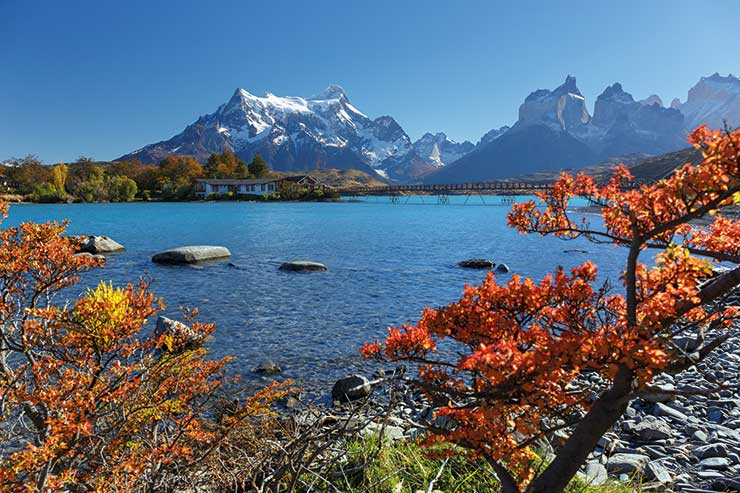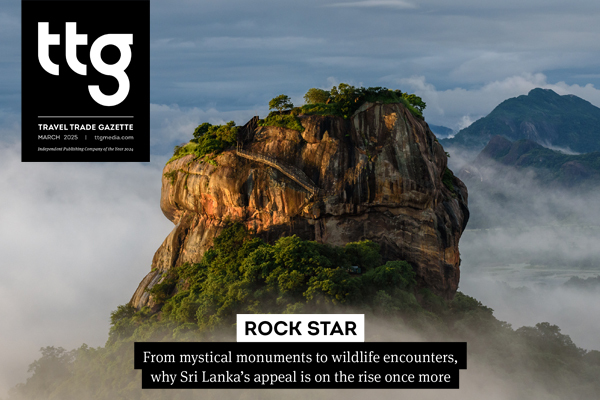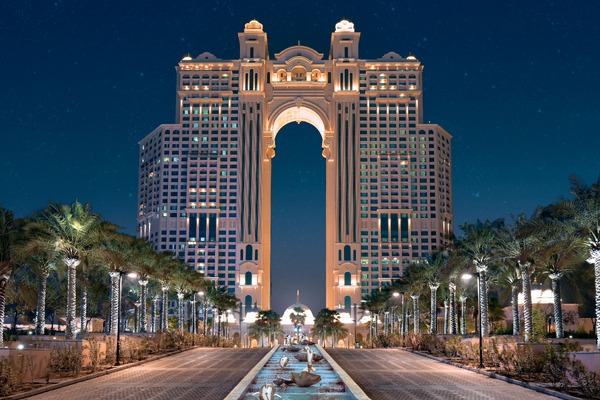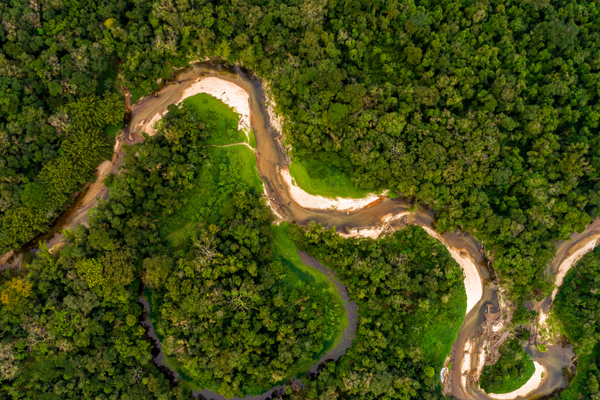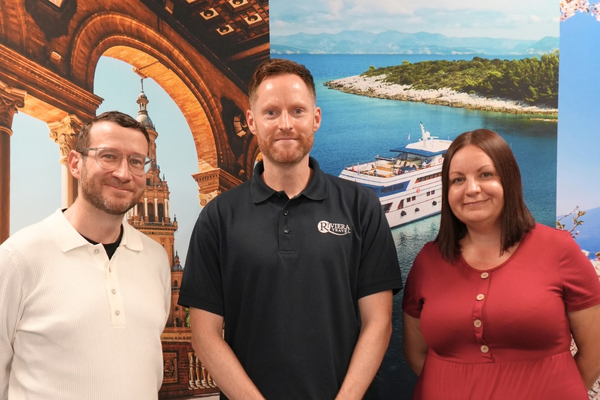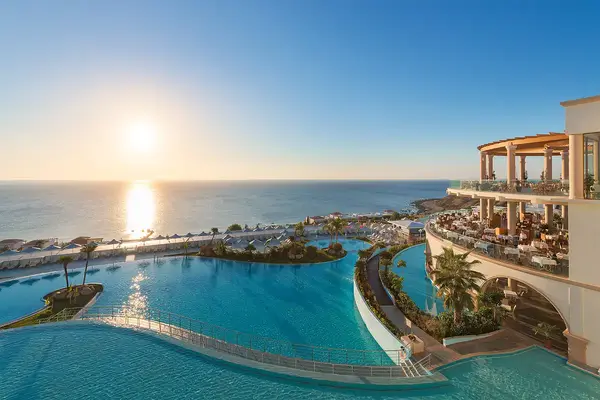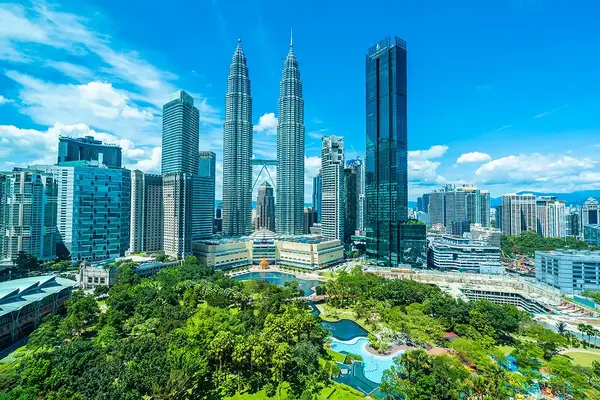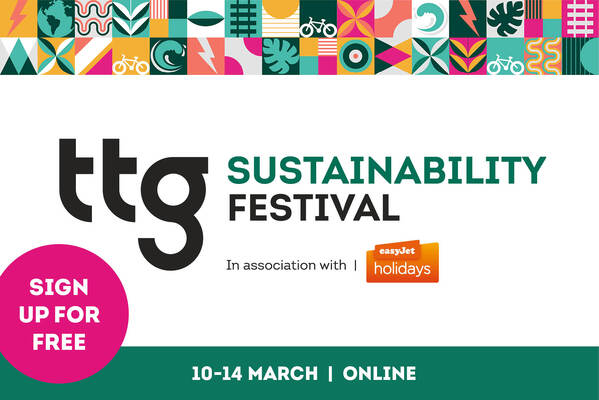WTM London 2019: Forward bookings to Latin America on the rise
 Debbie Ward
Debbie WardBookings statistics from Forward Keys reveals the future of international travel to Latin America is looking bright.
Although the figures show international travel to Latin America down 0.9% from January to end of July compared to last year, by September forward bookings for August to January 2020 were showing a 1.2% rise.
Brazil has performed particularly well this year with a 10.2% year-on-year increase for the first half of 2019.
Argentina also showed significant growth – up 9.4% year-on-year.
Mexico saw a 5.5% dip due to a drop in US arrivals. Increased crime and power cuts have hit Venezuela tourism but operators are returning to Nicaragua (LA460) thanks to an easing of unrest.
Tourism trends
“Argentina is a trending destination having seen a surge in visitor numbers, partly down to new flight infrastructure in the country,” says Colin Stewart, chairman of the Latin American Travel Association. “Value-focused carriers are opening Latin America to a new demographic... making travel to the region more affordable,” he adds.
Cruise is also “booming” in the region, he says, with new luxury yachts serving the Galapagos, Amazon and Antarctica. Silversea’s butler-service Galapagos expedition ship Silver Origin is among them, making its inaugural voyage in 2020.
Panama celebrated its 500th anniversary this year and Rio will be in the spotlight as Unesco’s World Capital of Architecture 2020. Argentina and Chile (LA500) gained a tourism boost from the solar eclipse this July and will again next December.
Landmark moments
Costa Rica this year welcomed its 29th national park, the Miravalles Volcano national park – Jorge Manuel Dengo.
Brazil has meanwhile gained Unesco World Heritage Site status for Paraty and Ilha Grande, where visitors can expect white- sand beaches, small islands and lush rainforest.
Brazilian rainforest fires hit headlines this year but Latin America is making important strides in sustainable tourism. Guyana has launched a Green State Agenda (see right) and Costa Rica has unveiled an ambitious carbon emissions target.
“Costa Rica aims to become among the first countries to achieve total decarbonisation by 2050,” explains Costa Rica’s tourism minister Maria Amalia Revelo Raventos.
“Sustainability and ‘green growth’ are at the core of our initiatives and will continue to be our main priorities for 2020.”
Meanwhile, Metropolitan Touring is among operators to introduce new offset schemes and a children’s shelter in Peru’s Sacred Valley, launched with the proceeds from Sol y Luna hotel.
Lata’s Stewart says: “We expect to see more infrastructural development across the region as it is made aware of the positive impact sustainable tourism can have.
“From the more mature travel markets we anticipate lesser-known destinations featuring in more itineraries, satisfying the desire for more off-the-beaten-track destinations, while growing inbound markets such as China should provide new opportunities for established tourism destinations.”
What’s new?
Flights Air Europa introduced flights from Madrid to Panama and Colombia’s Medellin in June along with Iguazu Falls gateway Puerto Iguazu. Also from Madrid, Iberia has increased flights to Bogota.
Norwegian launched a new London to Rio route in March and has upped its Buenos Aires service to daily.
Guyana has a new daily New York service with American Airlines this December, to add to the KLM/Trans Guyana Airways Amsterdam route via Suriname launched in September.
Corocora Camp has opened in Colombia’s Los Llanos region with four luxury tents, where guests can spot howler monkeys.
The Nayara Tented Camp opens in December in Costa Rica with 18 tents and plunge pools fed by volcanic springs.
A spa and a sloth sanctuary will be added in 2020.
In Panama, the nine-villa Islas Secas Reserve and Lodge is new, while boutique newcomer Unscripted Belize borders the country’s jaguar preserve and Cockscomb Basin Wildlife Sanctuary.
Guyana's green state agenda
Brian Mullis, director of the Guyana Tourism Authority and founder of Sustainable Travel International (US), outlines the development of community-led tourism in the destination.
Guyana offers the opportunity to have some extraordinary travel experiences that are virtually unheard of today, like travelling great distances without seeing any sign of another human, having a national icon like Kaieteur Falls all to yourself, or interacting with indigenous people in their villages.
We have implemented a national Guyana Tourism Strategic Action Plan and developed new sustainable tourism policies and regulations. We’re supporting the development of community-owned and managed enterprises in indigenous communities, to create strategic partnerships with key stakeholders, benchmark against the Green Destination Standard and promote sustainable travel.
Surama, Rewa, and Yupukari are indigenous villages in the North Rupununi area that exemplify community-led and owned tourism that benefits the entire community while protecting their natural and cultural heritage.
The local Makushi community of Rewa, for example, has curated wildlife-spotting and other activities for guests, including catch-and-release fishing of arapaima. Roughly 60% of their income is generated through tourism.
We’ve developed a toolkit to scale up this model in other receptive indigenous communities.
The most difficult and rewarding aspect involves providing them with the know-how to take ownership of their tourism development, so they can become successful, self-reliant entrepreneurs.
Our website, guyanatourism.com, has more visitor information and we can help with itineraries.
Sign up for weekday travel news and analysis straight to your inbox
Supplier Directory
Find contacts for 260+ travel suppliers. Type name, company or destination.
